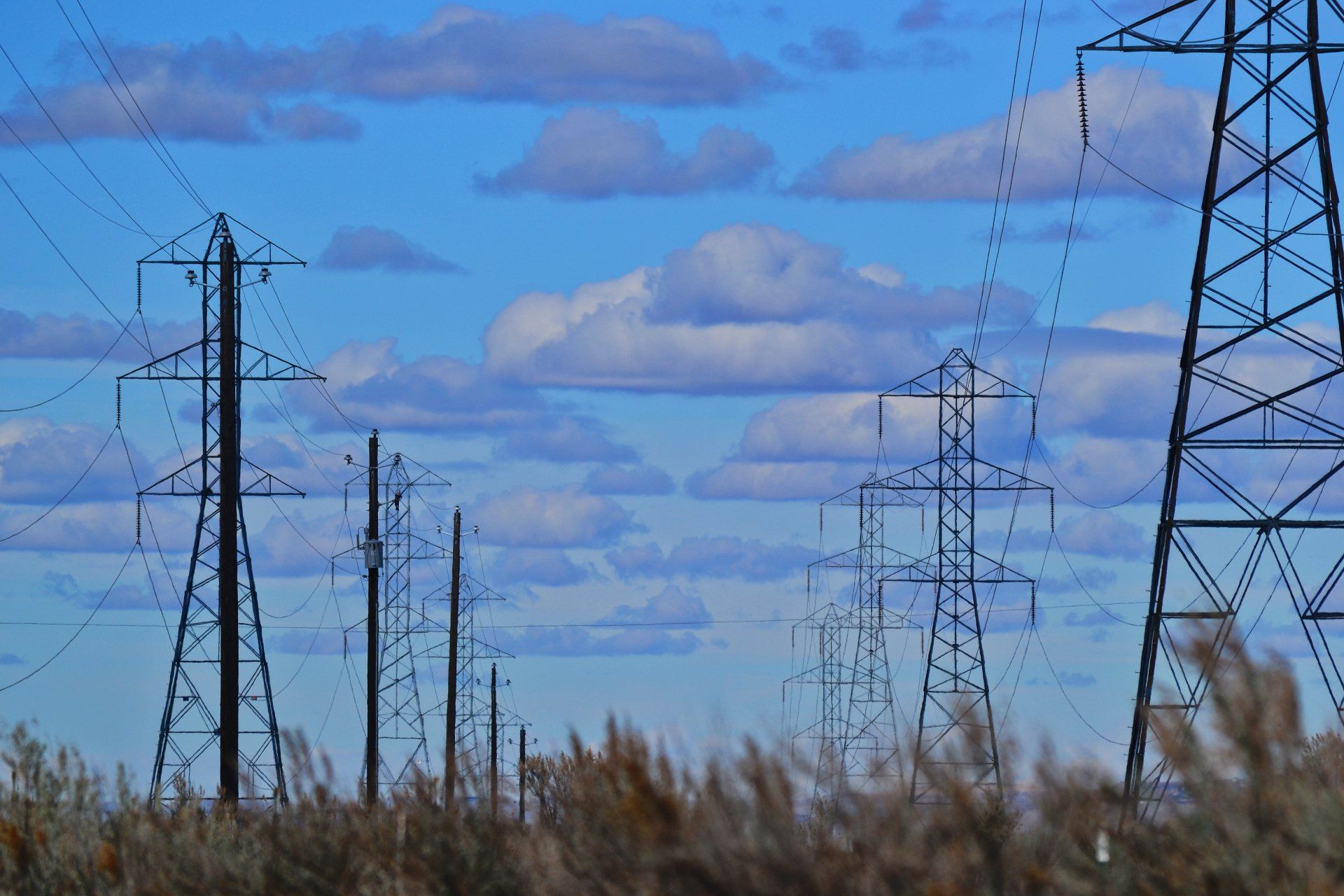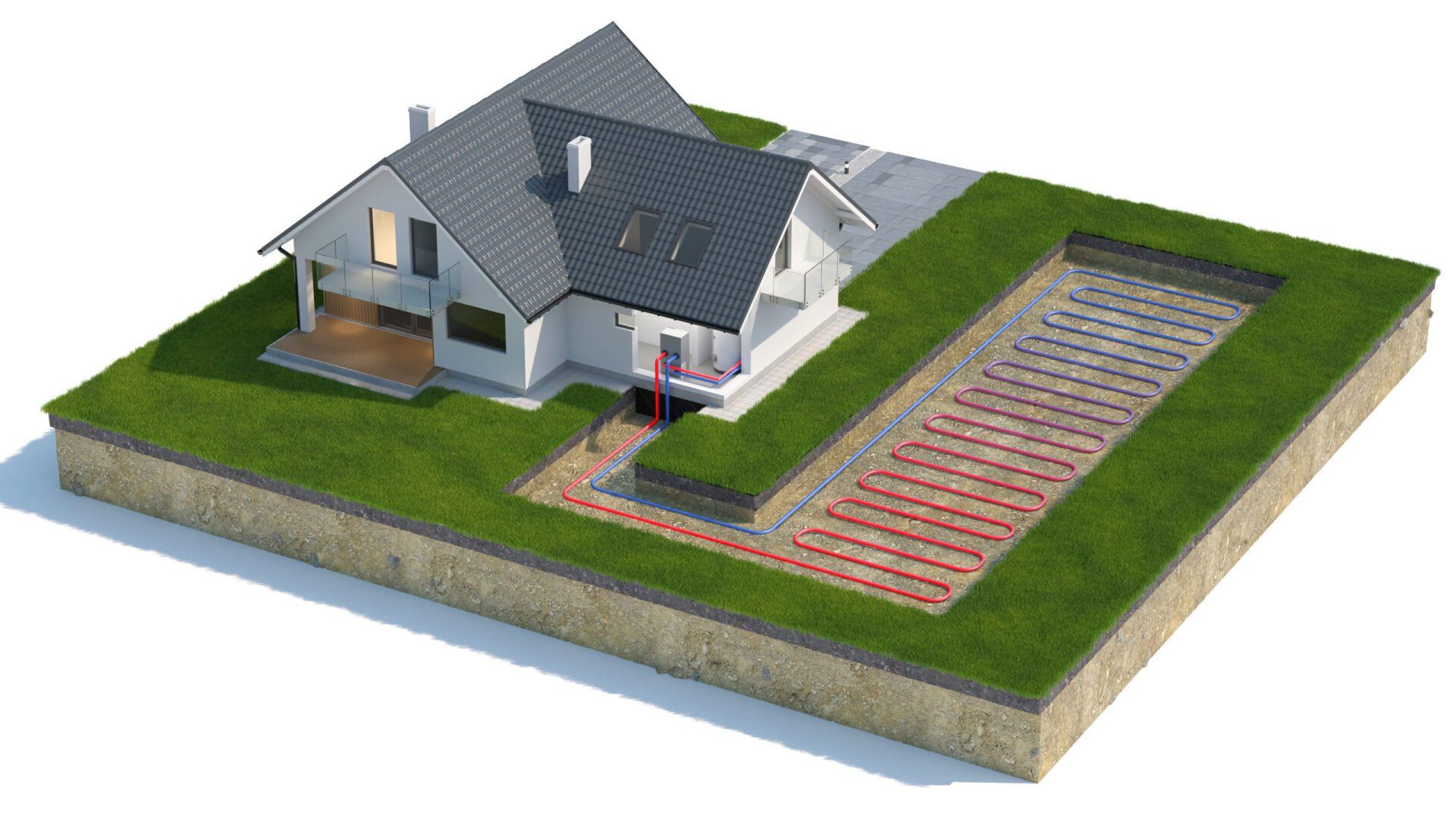Understanding the Carbon Border Adjustment Mechanism (CBAM)
14 January 2025
What is CBAM?
The Carbon Border Adjustment Mechanism (CBAM) is an important regulatory framework designed to impose a tax on imports of carbon-intensive products. Its primary goal is to ensure that imported goods from outside the European Union (EU) and the United Kingdom (UK) are subject to a comparable carbon price as those produced domestically. This approach has significant implications for businesses engaged in international trade. We have developed our own PASCHALi Five Step Process to CBAM Compliance. Read on…
Objectives of CBAM
The main objectives of CBAM are to:
- Address Carbon Leakage: The mechanism seeks to mitigate the risk of carbon-intensive production being relocated to countries with less stringent environmental regulations.
- Reduce Greenhouse Gas Emissions: By aligning carbon costs for imported goods with domestic products, it incentivizes lower emissions.
- Promote Global Progress Toward Net Zero: CBAM aims to drive global efforts in achieving net zero greenhouse gas emissions.
To remain compliant, businesses will be required to submit detailed emission reports for imported goods covered by CBAM.
| Region | Cement | Iron & Steel | Aluminium | Fertilisers | Electricity | Hydrogen | Ceramic | Glass |
|---|---|---|---|---|---|---|---|---|
| EU CBAM | Yes | Yes | Yes | Yes | Yes | Yes | No | No |
| UK CBAM | Yes | Yes | Yes | Yes | No | Yes | Yes | Yes |
Who Does CBAM Apply To?
- ·EU CBAM: Applies to businesses importing goods valued at €150 or more from non-EU countries (excluding participants in the EU Emission Trading System).
- ·UK CBAM: Applies to businesses importing goods valued at £50,000 or more over a 12-month period into the UK.
Key Features of CBAM
EU CBAM
1. Transitional Phase (1 October 2023 – 31 December 2025):
- Importers are required to provide quarterly reports detailing the “embedded emissions” of goods covered under the EU CBAM; the first report was due on 31 January 2024.
- From 2025, entities must apply for "authorised CBAM declarant" status for 2026.
2. Definitive Regime (from 1 January 2026):
- CBAM Certificates: Importers must acquire carbon certificates based on the EU Emissions Trading Scheme (ETS) price (€/tonne CO2).
- Emissions Reporting: Importers must declare the embedded emissions in their goods and surrender the corresponding certificates annually.
- Carbon Price Deduction: Importers can deduct any carbon price that has already been paid in the country of origin.
UK CBAM
1. Consultation Phase (2023-2026):
- The UK is currently conducting a consultation process. Legislation is being drafted and is expected to be in place from 1 January 2027.
2. Full Implementation (from 1 January 2027):
- Annual Reports: Importers must report on both Scope 1 and Scope 2 embedded emissions for goods subject to the CBAM.
- Carbon Pricing: A carbon price expressed in £/tCO2e will be levied on the reported emissions.
- ·Liable Persons: Importers must register a ‘liable person’ with HM Revenue & Customs (HMRC), who will be responsible for completing and submitting a tax return evidencing the CBAM liability.
The Carbon Border Adjustment Mechanism represents a significant shift in regulating trade and environmental impact. As businesses navigate these changes, staying informed and compliant will be crucial for maintaining competitiveness in a low-carbon economy. For more information on how to prepare for CBAM and its implications for your operations, read our PASCHALi Five Step Process below and please don't hesitate to contact us.
PASCHALi Five-Step Process to CBAM Compliance
Businesses can effectively prepare for the Carbon Border Adjustment Mechanism by following our PASCHALi five steps to compliance:
Step 1. Understand Regulations: Stay informed about CBAM requirements specific to your industry.
Step 2. Evaluate Supply Chains: Identify and assess the carbon intensity of your products and suppliers.
Step 3. Conduct Emission Assessments: Measure and document the carbon emissions related to your imports.
Step 4. Adopt Sustainable Practices: Implement strategies to reduce your carbon footprint and improve efficiency.
Step 5. Establish Compliance Processes: Develop reporting systems and designate responsible personnel to ensure compliance.
By following our five step process, businesses can effectively prepare for the Carbon Border Adjustment Mechanism. This approach ensures compliance while also creating opportunities for sustainability and operational improvements. With PASCHALi’s expert assistance, you can confidently tackle your energy and compliance challenges.
At PASCHALi, we specialize in emissions reporting and possess a deep understanding of CBAM regulations. As a trusted, multi-award-winning energy and environmental consultancy, we provide expert guidance on the latest legislative developments, helping our clients navigate and maintain compliance with evolving regulations.
For tailored advice on how PASCHALi can assist you in meeting your energy and CBAM compliance needs, please contact us on Tel: 0113 400 1101 or email: info@paschali.co.uk.
If you would like to discuss the blog post above or find out how we can support your business, please contact us.
Share Our Blog Post










